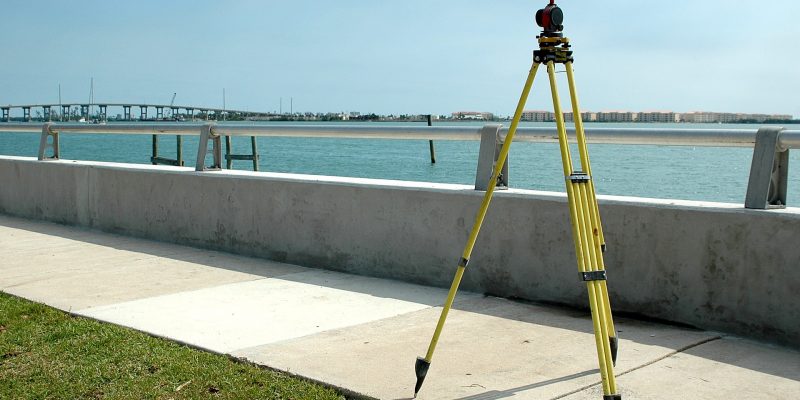When searching for a property survey, quotes may vary drastically; that’s why we’ve outlined exactly what you should expect out of your next hired surveying project.
A property survey consists of many tasks from land records research to field data collection to office calculations and drafting. In most cases, the time accomplishing those tasks far exceed the time on site. For potential clients seeking to compare prices, the range of prices can be confusing. We hope the following explanation of a surveyor’s obligations helps shed some light on why some surveyors offer a quote that is much higher than others.
Step 1: Researching the History of the Parcel
Each piece of land is unique with its own story to tell. Making sure that the proper historical research has been made is crucial to the beginning of a survey. When researching the history of the parcel of land, it may take anywhere from a few hours to a few days depending on the state department.
Our investigation of the title may lead to more questions that we need to resolve in order to meet our statutory requirements. It is impossible to gauge the level of difficulty and therefore, the amount of time a research job will take, until we are well invested in the project.
Getting It Right The First Time
In some cases, we search far outside the geographical area of our project in order to recover a sizeable sampling of documentation to properly analyze for boundary computations. We want to make sure that our findings and research are 100% accurate before moving onto the next stage. Contact us to get started on your next surveying project here!
Step 2: Office Phase
The office phase of the survey is separated into two parts: drafting and computations.
Drafting
The quality of the drafting depends on the skill of the draftsperson. The finished survey map should be subject to at least two layers of review to ensure adherence to CAD standards and, more importantly, adherence to CT. GEN Statue 20-300b which governs what must be shown on any survey map signed by a licensed surveyor in the state of Connecticut.
Computations
The computation phase of the survey can often be the most time consuming of the entire project. Licensed surveyors first consider the deeds of the subject property and the deeds of the adjoining properties. They also mathematically check any existing survey mapping that was found during research. Consideration and analysis is giving to the survey logic that the previous surveyor used in arriving at their opinion.
In a sense, the surveyor is piecing together a puzzle in which many boundaries are established to ensure they arrive at a logical opinion of the subject property boundaries.
Step 3: Forming a Boundary Line
In the course of collecting data and forming a boundary line opinion, a proficient surveyor should do his or her utmost to ensure that their final opinion of the boundary will withstand challenges, professionally or legally, in the future. That means that a competent surveyor should, to the best of his or her ability, perform all necessary functions to arrive at a defensible opinion. The client must be able to rely on the integrity of the surveyor to do the job properly and to stand by his or her work.
How Do I Choose?
There are many surveyors to choose from. We can only recommend that you choose one who is licensed, insured and most of all, committed to his or her obligation to serve the welfare of the public and who will conscientiously adhere to the standard of care that exist in our profession.
At Godfrey Hoffman Hodge, LLC, we believe in the value of quality and accuracy. For over 90 years, we have strived to address the unique surveying, engineering, and permitting related needs of our clients by maintaining a highly experienced staff. We realize that using state-of-the-art technology is essential to offering a higher quality product at a reasonable price.


